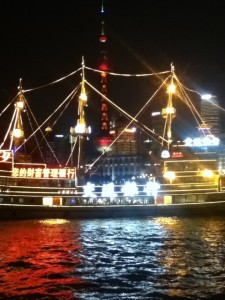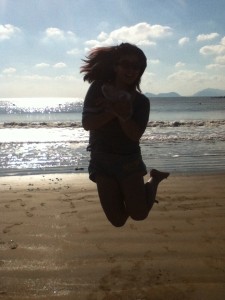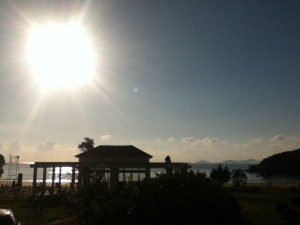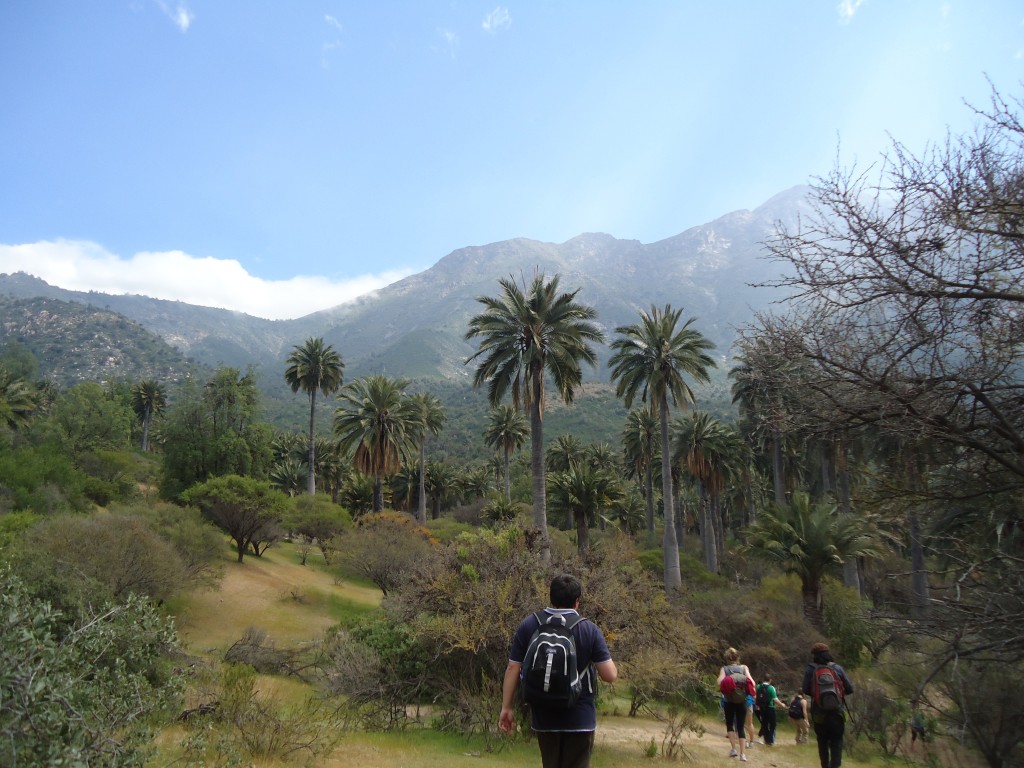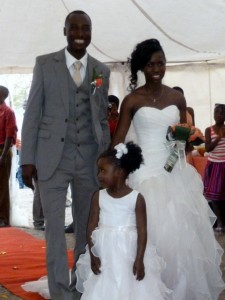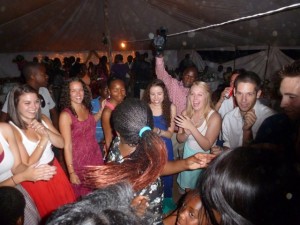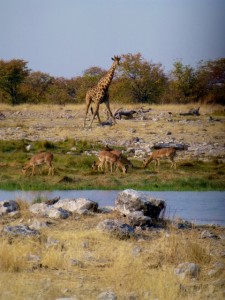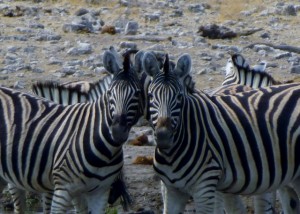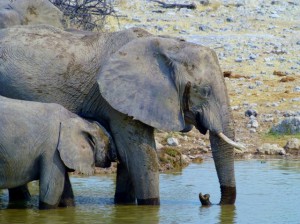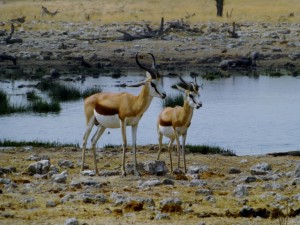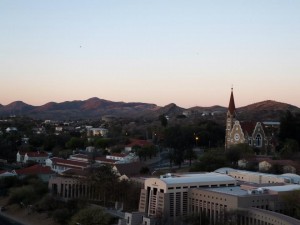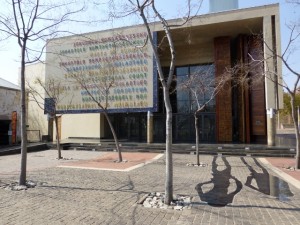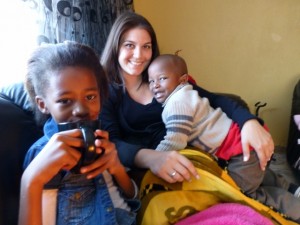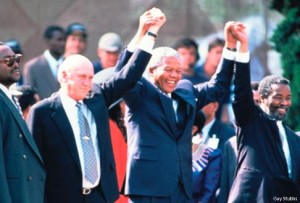I’ve just returned to my dorm after a longgg day of traveling. Today, starting from about 11AM, I took three taxis, two ferry rides, one bus ride, one train and one bullet train to get back to sweet Hangzhou, ringing up 9 hours of traveling. “Wait, going back to Hangzhou?” you may ask (or may not, but just play along). Well, these past few days, Zhejiang University students were fortunate enough to have a week-long break from their harsh days of studying. H-23 quickly took advantage of this break to travel to take a five day vacation to Shanghai/Xiushan Island.
I can confidently say that I absolutely love Shanghai. I think part of it is the fact that it really is a sister city of Chicago- just the feeling of being surrounding by tall buildings and city lights was amazing. However, as much as I love Chicago, Shanghai definitely has one feature that beats Chicago: the Bund. The bund is basically many historical buildings lined up along the river. What makes it special is simply how gorgeous the area is at night time. It really was one of the most beautiful things I’ve ever seen- I don’t know why, but I’ve always been in love with city lights and skylines. At night, the colorful lights from the buildings across the bund reflect off of the water and create an amazing sight. In addition, different boats with bright lights pass by and add even more color to the dark night. Hundreds of people gather in the bund area to view the breathtaking scenery, and I stood with them that night. Honestly, I could have stayed there for hours. Pictures won’t do the sight justice, but it doesn’t hurt to share.
The next night, we went to the Shanghai Acrobatic Show: ERA. I had high expectations walking into the show, and my expectations were definitely exceeded. I won’t spoil it for you because it really is something you should see in person, but I will say that there are just so many moments of pure thrill and awe. There were actually moments when I had to hide my eyes behind my hands because it seemed like they were pushing the “thrill limit”. However, overall, it was definitely an enjoyable show. No pictures were allowed, so unfortunately I can’t share any with you..but if anything, that should be more encouragement to go see the show! If you are ever in Shanghai, please check it out! You definitely will not regret it.
So after Shanghai, H-23 split up into two mini groups: half of the group headed back to Hangzhou to relax, and another group headed to Xiushan Islands. I, of course, headed to the island for some fun in the sun. It was actually slightly nerve wrecking, as this was our first trip that we were planning completely on our own without depending on our professor. He headed back with the other half of H-23, so the rest of us four planned our own mini-vacation. There were a few bumps in the road- we took a ferry from Shanghai to Daishan island and planned to take another ferry to Xiushan, however we missed the last one, so we had to stay a night on Daishan. And though it wasn’t planned, I’m sure glad it happened. We had some delicious sea food by the water, surrounded by locals enjoying the cool night breeze. The next day, we headed for Xiushan island…and once we arrived to the island, we realized something: people on the island actually speak a different dialect than the standard 普通话 (Putonghua)/Mandarin Chinese that we have been learning. It was slightly difficult communicating with the island natives, but in the end, we got by just fine. Other than that, everything else seemed to be great. Our hotel was beautiful- it really went for the tourist “island feel”, with white and wooden decorated rooms. Little tropical like flowers were scattered as decoration throughout the hotel. And only a few steps away was the beach! Since China’s waters are not exactly the cleanest, we didn’t quite go swimming or anything like that. But we took lots of pictures, admired the beautiful scenery and played around in the sand (I even learned how to skip rocks!).
So this morning marked our last day on the island. We had a delicious meal, enjoying the island’s fresh seafood. Afterwards, we lazed about the beach one last time and enjoyed our last moment of relaxation. And its a good thing we did…because once we left, we didn’t realize just how much time it would take to get back to Hangzhou! All in all, we had a great mini-vacation for our break here in China.
Did you all check out the Mid-Autumn Festival back in VU? In China, people celebrate the occasion by attending festivals and celebrating with friends and family. Unfortunately I didn’t do anything big to celebrate it here, though I did eat a mooncake! Yummy. Anyway, if you didn’t check it out this year, definitely go next year! I always enjoy myself at the event VU holds, enjoying Chinese music and snacks. It’s a good way to become more familiar with the culture as well.
The 9 hours of travel are starting to weigh me down. Time for bed! Talk to you guys soon.


